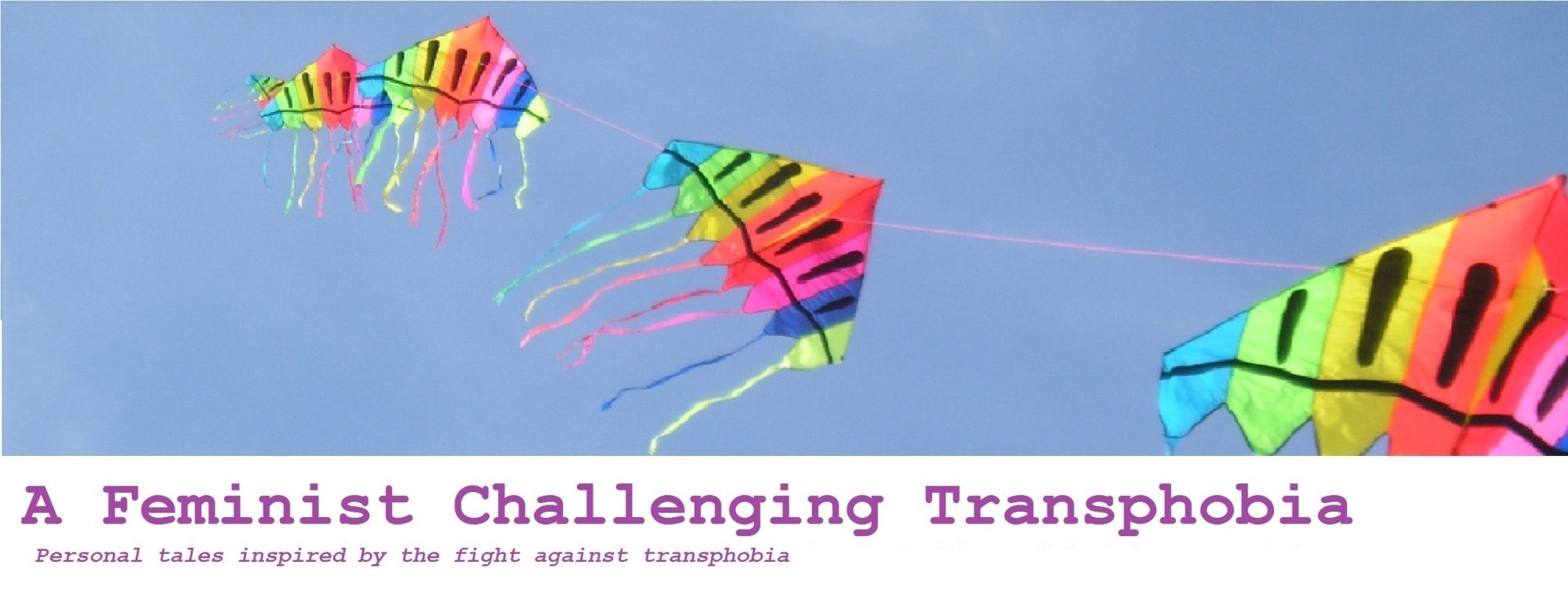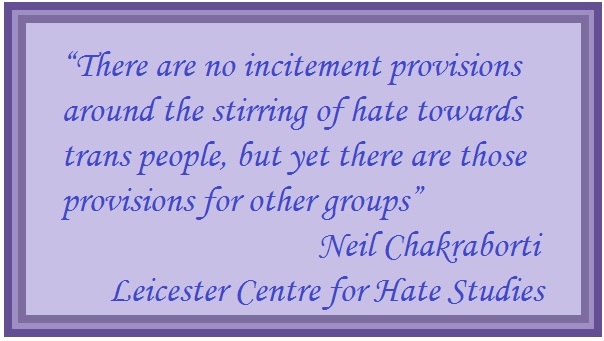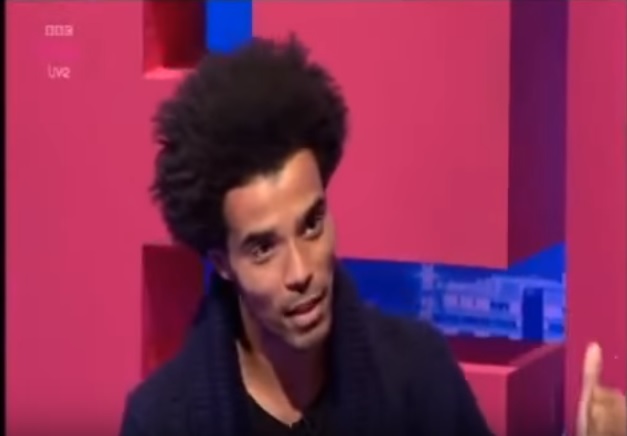CN for domestic violence and sexual violence mentions, discussions of structural violence, particularly ableism, and its role in violence
I was preparing some training on disability access and inclusion recently and I looked up the statistics on disabled people’s experiences of crime. The following graphs show the ONS statistics on domestic abuse and sexual assault.
![[image: graph of domestic abuse statistics showing disabled people are at higher risk than women as a group]](https://feministchallengingtransphobia.files.wordpress.com/2023/09/dv-disabled.jpg?w=480)
![[image: graph of sexual assault statistics showing disabled people are at higher risk than women as a group]](https://feministchallengingtransphobia.files.wordpress.com/2023/09/dv-disabled2.jpg?w=481)
The very blatant story these graphs show us is that disability is a stronger factor in being targeted for violence than being a woman. Now, if we look at the various stats for assault of LGBT+ people, we see the same thing – LGBT+ people, regardless of gender, experience higher levels of victimisation across the board than women as a group, and trans people’s experiences are particularly high.
So, the question is, why do we say, “violence against women and girls” rather than “violence against marginalised people” and what does this do to our understanding of the mechanisms behind victimisation?
How “gender critical” ideology has warped the conversation to serve patriarchy
Feminism talks about structures of power created to give a group advantages. Intersectional feminism talks about how these oppressive structures interlock with one another so that misogyny and classism and racism and ableism etc are not separable – it leads to the overarching concept of kyriarchy.
“Gender Critical” ideology has, I think it’s clear, flourished because mainstream non-feminist influences promoted it over other feminists. This was evident within the domestic violence sector that I used to work in, where funding went towards gender essentialist models of male violence and female passivity (discussed here), and with the publications and mainstream successes of writers who promoted this ideology. The establishment may pretend to disapprove, but it will gleefully facilitate.
And the reason this ideology serves patriarchy so well is because it erases the idea of built power structures that can be dismantled in favour of the idea of male supremacy as a biological inheritance. Men are imagined as fundamentally and biologically predisposed towards dominance and violence, sexual or otherwise. Inherent to this message is the idea that it’s not patriarchal power we need to be afraid of, but rather the dangerous, marginalised stranger lurking behind the bushes. Women need protection, it says, not equality, and safe, legally segregated spaces, not a level playing field.
Women don’t experience less violence in society from men because segregated toilets (etc) exist and because they are legally separate and can be excluded from the kinds of schools that breed many of our politicians and judiciary. But it makes a nice story in preservation of the status quo.
Let’s not learn our trans politics from transphobes
In making misogyny the “one true oppression” we bow to the erasure of built oppressive structures and reinforce biological essentialism – buying into the notion that there are fundamental differences between men and women that cause inequality, rather than simply power relations.
Meanwhile, here’s the rub: a lot of us in this community are disabled, and all of us are LGBT+, and actually, these two axes of oppression are much more salient in predicting the amount of violence we experience. Transmisogyny ensures an extra helping of many types of violence, because it adds in another dimension of oppression us TME folks don’t experience. Equally racism adds a dimension white people don’t experience, and so on.
Where our discourse goes awry is when we omit to notice that all trans people are experiencing levels of violence greater than those of cis women. It took me a long time to realise this – the inordinate amounts of violence I’ve face in my life are statistically more likely to be related to me being disabled, bi, trans or autistic than to having been assigned or perceived female. Transphobia, queerphobia and the victimisation of disability are incredibly strong forces in all our lives. Ageism, racism and classism are also much greater predictors of violence than is often acknowledged.
I think this is what has partly given rise to the “transandrophobia” debate and the unnecessary need for AFAB trans folks to talk about their (dubious) “female socialisation”. The narrative of female victimisation is so powerful we completely lose sight of belonging to groups that are far more likely to be attacked than cishet, able white (etc) women.
Where’s the discourse on violence against disabled people? LGBT+ people? POC? Young people? And so forth.
White women are also unfortunately good at co-opting the victimisation of women of colour to exaggerate their own marginalisation. Meanwhile, sometimes very privileged white middle class able women can put themselves into positions of power in queer spaces with zero ability to reflect on the ways in which they hold structural power. The apparent narrative is that “woman” is the big brand oppression and no other oppression comes close.
You cannot split our community down the middle
For me, quite aside from the fact gender isn’t a binary and gendered oppression isn’t either, trans spaces need a very vibrant awareness of intersectionality and an ability to not be blinkered to any oppressive structures. While current toxic mainstream discourse has focussed on trans women, additionally endangering them, in community spaces what we see is a much more mixed picture, in terms of who especially needs our care.
The community isn’t divided neatly by AGAB into winners and losers – there are trans women who’ve never experienced violence, and trans men who have. This isn’t because “men are oppressed too” and it certainly isn’t because trans women hold structural power over trans men, but because our identities are complex and our experiences multi-determined. If you’ve experienced violence, you probably have less in common with someone of your AGAB who hasn’t than another trans person, AGAB irrelevant, who has. If you’re living on the breadline, that’s a social factor more salient in terms of the risks you face than which label you claim.
This doesn’t mean TME folks don’t need to reflect on and unlearn transmisogyny. It does mean that transmisogyny isn’t the only oppressive structure that exists. It’s the job of all of us to reflect on the ways in which we hold privilege as well as the ways we don’t, and be mindful of which intersections are relevent in any given conversation.
I remember once making a transphobic feminist implode by pointing out that Margaret Thatcher could and did oppress working class men, gay men and men of colour, and none of that meant that misogyny isn’t real, nor was MT exempt from it. In a conversation where gendered oppression was the One True Real Oppression, this statement was too much for said transphobe.
Of course, if we’d specifically been having a conversation about misogyny, that would have been a derail, but we weren’t, we were talking about the fact that women can be oppressive and hold power.
If we simply understood queerphobia and transphobia as Huge and Deadly forms of oppression in their own right trans men would have the framework to articulate their struggles more coherently and we as a community could hold together instead of letting ourselves be split by what are essentially outside narratives.
Equally, while the term transmisogyny is entirely justified because of the specific and prevalent phenomenon it describes, the deadly combination of being young and trans is often missed and neglected, as is the risk our young people of all AGAB are at because of the current transphobic discourse that specifically targets young people. And the way the prevalence of neurodiversity in our community is used to undermine autistic trans people is also a glaring issue. And the way ableism and fatphobia create lethal barriers to trans healthcare (and the ways barriers to healthcare create barriers to safety). And the multiple systemic barriers and risk of violence trans people of colour experience. Structural violence takes many forms, and it all matters. There doesn’t need to be a competition on this, we can care about all oppression and want to dismantle it in all its forms.
Trans men who’ve faced violence, discrimination and abuse don’t need to (and shouldn’t) insert themselves into a conversation about trans women’s experiences, they can have their own conversation on its own merits, in other words.
Right now in the UK if you don’t have the means to self-fund your transition you face 5 year waits for healthcare and that could prove fatal, and expose you to increased violence, so anyone already transitioned or with access to private healthcare carries enormous privileges in our community. I own that privilege as someone who faced a one, not five-year wait.
We all have value and many of us are in poor shape
There are many ways in which our marginalisations can put our safety at risk. They’re all violences. In community, we don’t need to figure out which of these violences is the most important because they’re bad enough, all of them are. We can and should value and care about everyone in this community and the violences thay face. The LGBT+ community has played the “we’ll send the bus back for the rest of you later” game and it doesn’t work out for anyone.
If the stats shown above tell us anything it’s that unlearning ableism is every bit as imperative as unlearning sexism. There are no lesser oppressions, no unimportant causes. And if that’s true, as a community we have a responsibility to show up for each other, work at dismantling all these structures, and building community across difference, not assumptions of sameness.







